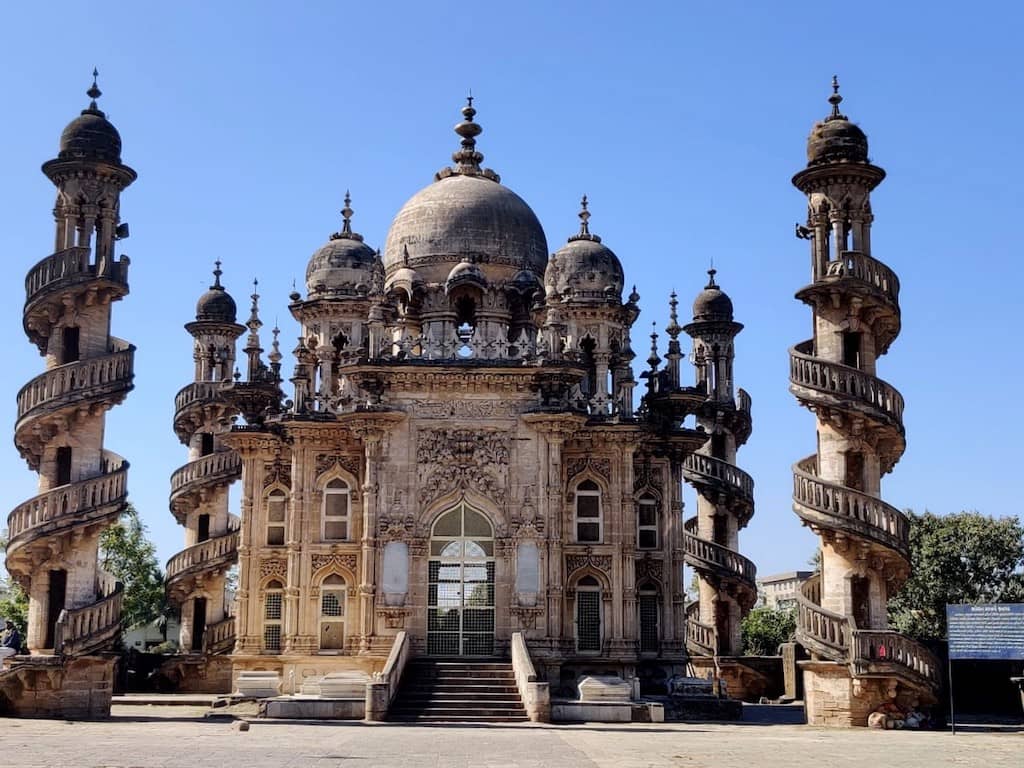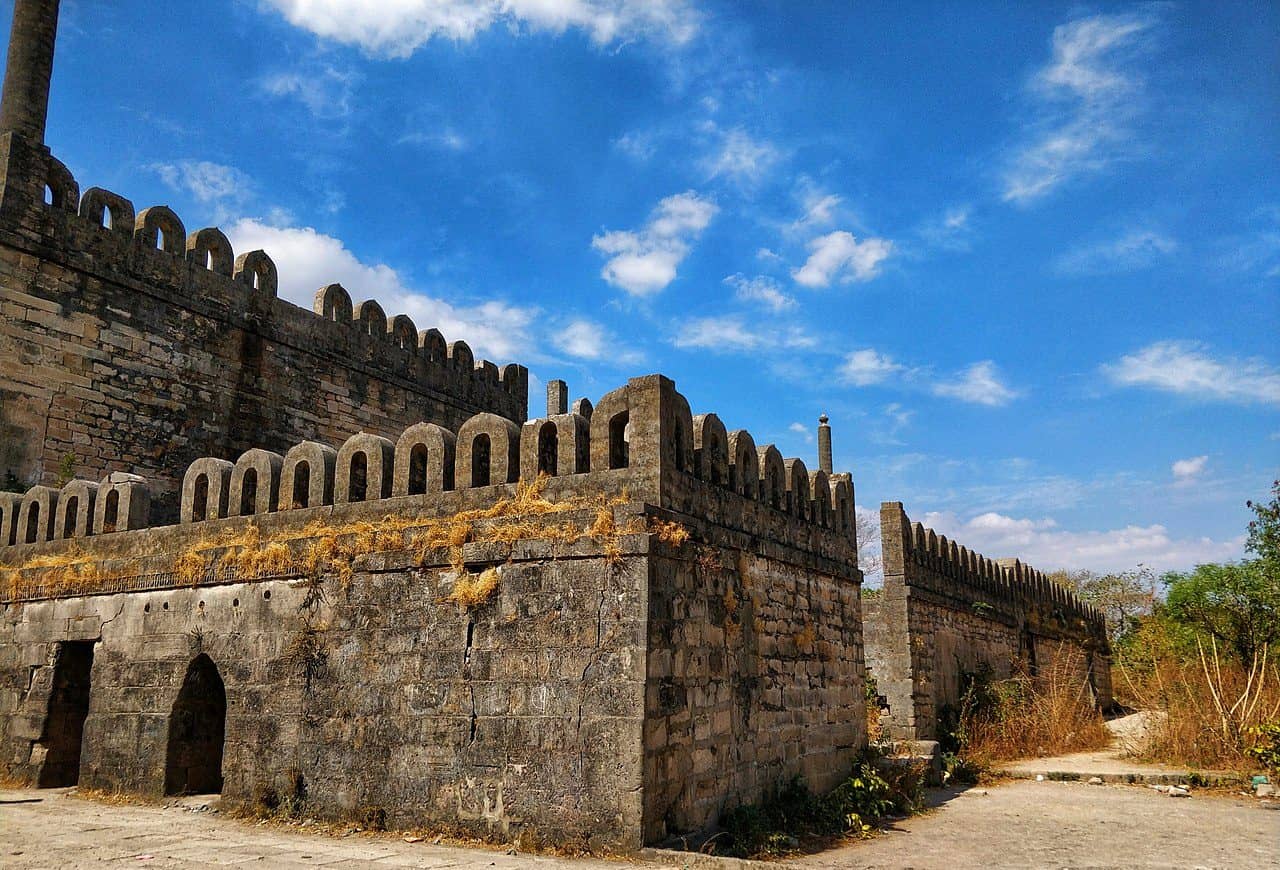

Ashoka's Rock Edicts, Junagarh are situated in Girinagara Hill. The rock edicts of Ashoka are engraved on the eastern face of granite boulders on the slope of Urijayata Hill. Written in Pali language, these inscriptions date back to 263 BC. The epigraph of Skandagupta was added to the edict in 150 AD. In 450 AD, the epigraph of Mahakshatrapa Rudradaman I was also engraved on the boulder in Brahmi script. The edicts provide the history of Lake Sudarshan. They also provide the details of the lake and the breach that had developed in it due to the turbulent waters of rivers Suvarna Sikata and Palasini. Ashoka's Rock Edicts in Junagarh were discovered in 1822 by James Todd. Ashoka's Rock Edicts, Junagarh is one of the most popular sites in Gujarat that attract tourists from the different parts of the world. The inscriptions narrate the story of Ashoka's repentance. Moreover, the inscriptions oppose greed and animal sacrifice and preach 16 principles, viz. purity of thought, devotion, secular thinking, kindness, senses and gratitude.
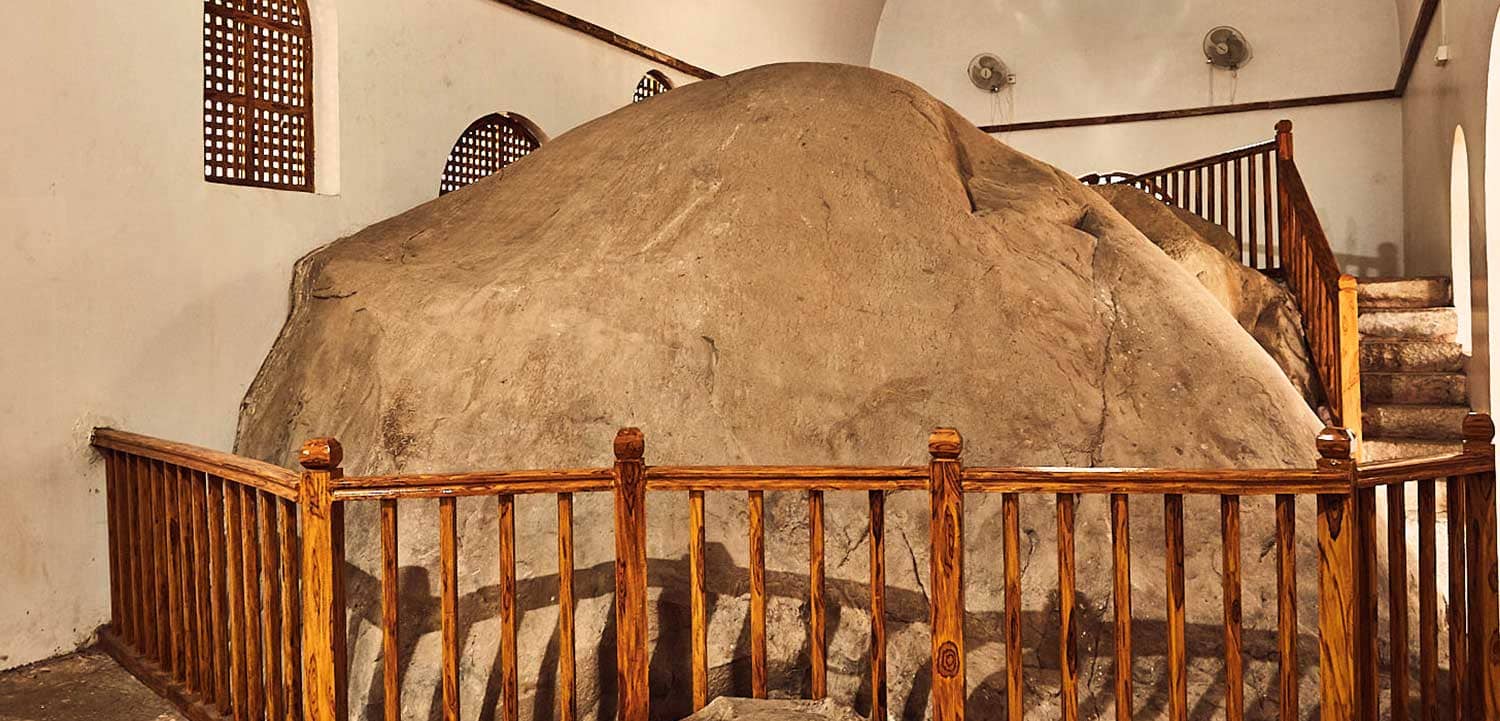
Uparkot Fort, Junagarh is situated at the foot of the Girnar Hills. It was built
during the Nawabi period. Chandragupta Maurya is said to have constructed the
fort in 319 BC. It was rebuilt by many kings over the centuries. The fort was
abandoned between 7th and 8th centuries. However, the fort was rediscovered in
976 AD. The fort, due to its strategic location, is said to have survived about
16 sieges over a period of 1000 years.
Uparkot Fort, Junagarh possesses a huge moat, which is about 300 feet deep. In
some places, the elevation of the fort wall is about 20 meters. The entrance of
Uparkot Fort leads to a number archaeological sites, including Baba Pyara Caves,
Navghan Kuvo, Jami Masjid, Buddhist Caves and Adi-Kadi Vav. One can also come
across a cannon, Nilamtope, which was acquired by the Nawab of Junagarh from the
Turkish. The Adi-Kadi Vav and Naugham Kuva are two step wells which has a
winding staircase.
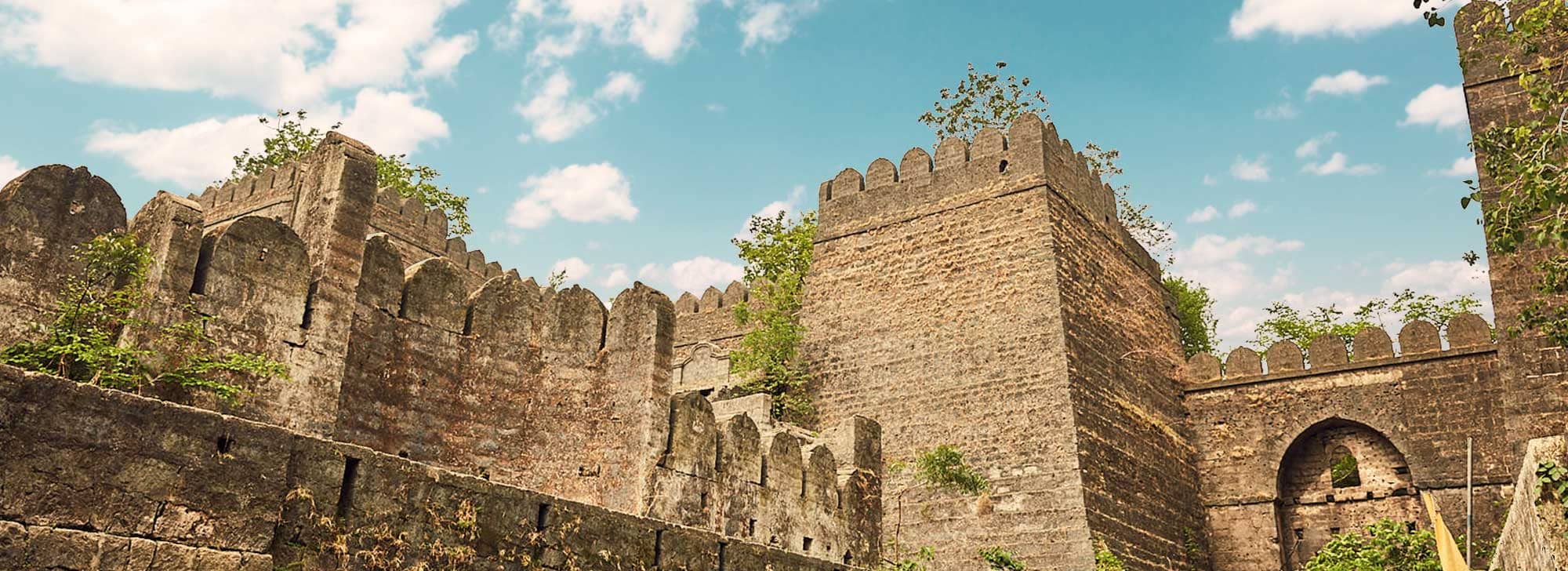
The Buddhist caves of Junagadh are also a reflection of a time, way back in history, lost in
stacks of events, for their artistry and monumental structures. Contrary to popular belief as
the name suggests, the Junagadh Caves unlike other naturally occurring caves is a complex system
of manmade enclosures carved out for the residential purposes of Buddhist monks who chose to
lead a celibate life of abstinence. Dating back as far as 1st century AD, a reference time frame
for contemporary existence of these caves is during Emperor Asoka's reign, when foreign
spiritual influences were said to be pervading India in essence and display.
Situated in Junagadh, a prominent district in Gujarat, these caves can be reached from the
capital Ahmadabad by road or rail and are well connected by transport facilities. The cave
complexes are distinctly distinguished by the pattern of their construction. The oldest of the
lot and the comparatively plain in terms of relief structures and artistry, is the Khapra Kodiya
caves which were largely basic in construction and L shaped with just enough room for seating.
They are carved out of living rock and later when they were abandoned monks moved towards the
direction of Maharashtra where similar structures were replicated.
The Uparkot caves on the very summit near the Uparkot fort are more spacious with provisions for
a courtyard space and display a distinct influence of planned architecture. These are relatively
more recent of the lot. The Bava Pyara caves which are slightly older than the Uparkot caves lie
outside the Uparkot complex. Constructed after the Khapra Kodiya caves, these caves display
intricate interior artwork apparent even today and are sturdier planned and modified versions of
their predecessor. The individual enclosures are quite spacious as opposed to cramped spaces in
the Khapra Kodiya and have 13 rooms for sighting and visiting at present.
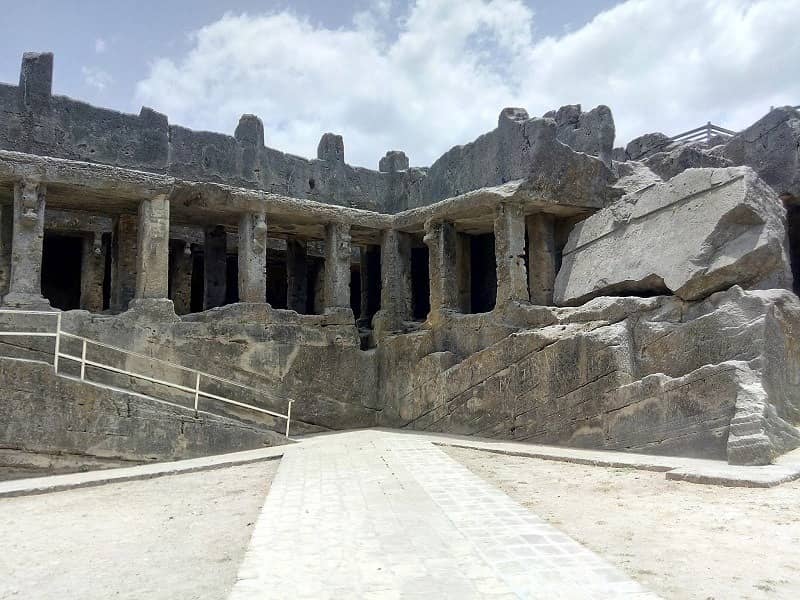
The Adi Kadi Vav is one of the historic architectural brilliances of the Indian civilization.
The Adi Kadi Vav is a step well formation cut out of a single block with a great sculptures of
pillars and clefts. The Adi Kadi Vav is found in the Junagadh town of Gujarat in India. The
Junagahd town is famous for the Uparkot architectural history.
Adi Kadi Vav is a part of Uparkot that also has the excavated Navghan Kuwo. Step wells are a
standout amongst the eldest developments of human progress. It made ready for water waste and
water stockpiling in the mankind's history in this way giving a dynamic course to human
advancement. The progression of the wells has been in use for a long time now since the start of
thousand years into the BCE. Adi Kadi Ki Vav is a sub territory depression cut in an advanced
well in the Junagadh town of Gujarat in India. The most discovered occurrence of the step well
utilization is found in the regions of Indian subcontinent where the flairs of Indus Valley
human advancement happened. Anyway the latest excavation of a specific sub landscape step well
design affirms the utilization of step well.
According to the myths the Adi Kadi Vav is a 120 flights of stair step well that was named after
the two unfortunate maidens whose sacrifices made the well get its source of fresh water. The
Adi Kadi Vav was built in the 15th century AD and is a great place for tourism in Gujarat.
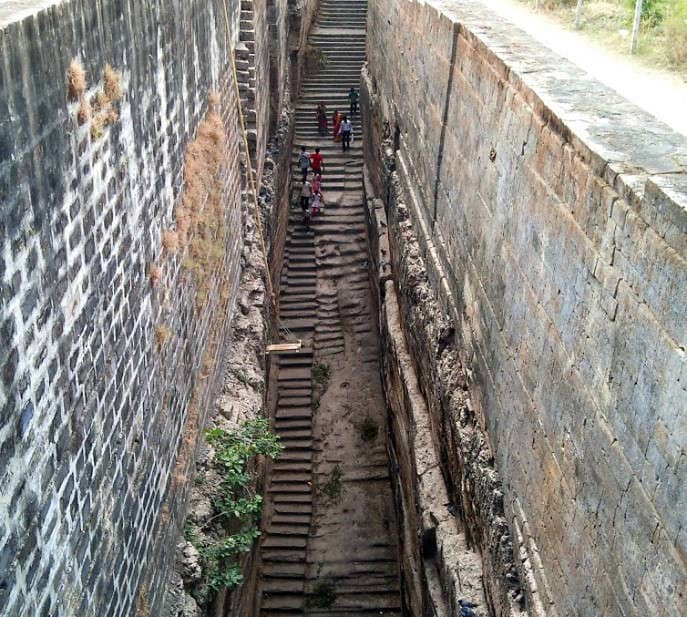
Ever seen or heard of a monument that is built on the lines of Gothic, Hindu and Islamic
architecture? At Junagadh in Gujarat, you will find a striking mausoleum that stands like silent
witness of the political and cultural disturbances that have happened and continues to happen
around it.
Mahabat Maqbara, a 19th-century mausoleum is a renowned landmark of Junagadh. The monument was
built on the behest of Mahabat Khanji, and later in 1892 his successor Bahadur Kanji got the
construction completed under his regime.
Be it the pillars, arches, windows or stone carved walls, Mahabat Maqbara is an awesome
architectural wonder that has not got much press in modern times. It has staircases that
encircle the minarets and the domes that add much beauty to the monument.
Located on a busy road, this is the resting place of Wazir Bahaduddinbhai Hasainbhai, one among
the chief nobles in the court of Nawab Mahabat Khan II of Junagadh.
When India attained Independence in 1947, the existing ruler Mahabat Khan III announced that
Junagadh has agreed to join Pakistan instead of India, although the state did not share
boundaries with the newly formed country. However, the Hindu population in Junagadh led a
serious revolt against the merger, thus leading to the downfall of the state government. In the
end, Mahabat Khan III left India and settled in Sindh, Pakistan, leaving Junagadh in the hands
of the post-Independent government.
Those who wish to explore this monument can access it without an entry fee. However, it should
be noted that the mausoleum of Wazir Bahaduddinbhai Hasainbhai can be seen from the outside
only. If you are a history and architecture buff, the keys can be obtained from the mosque
keeper for some time.
